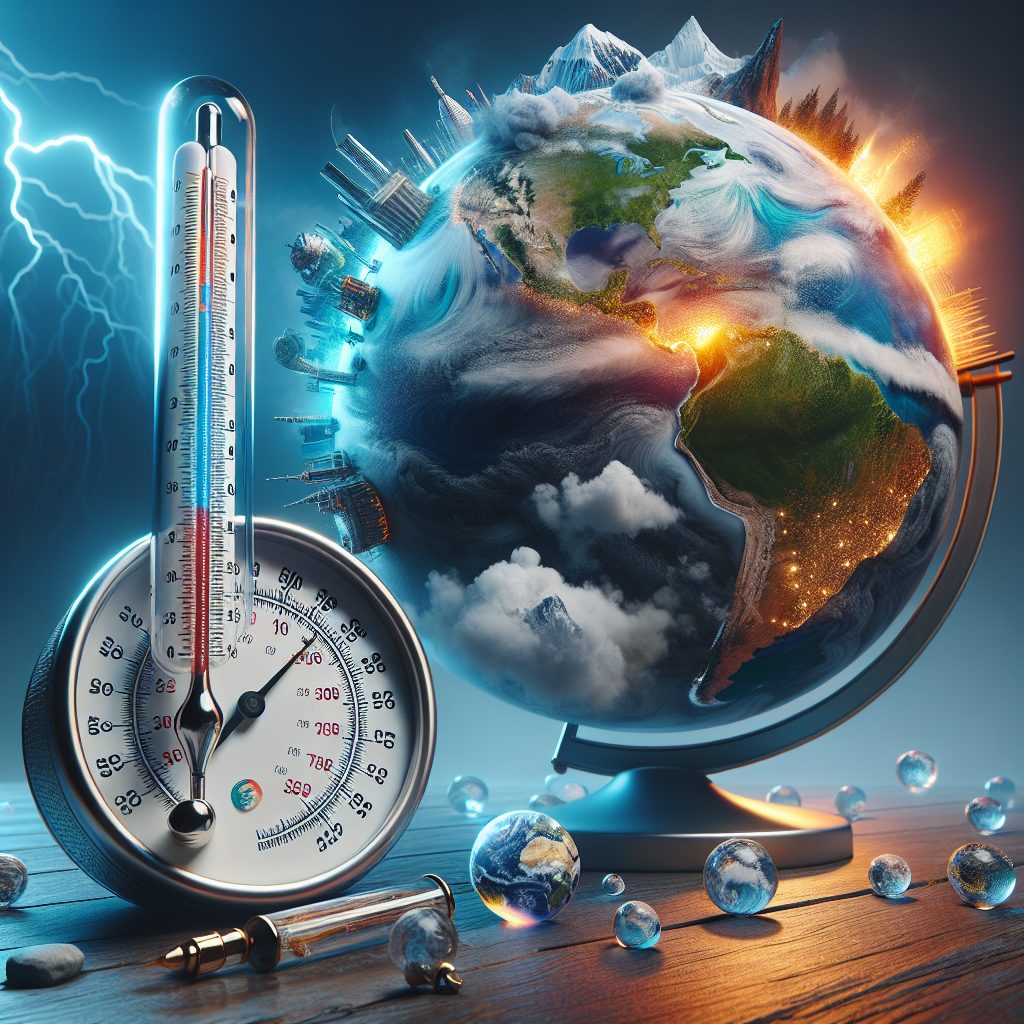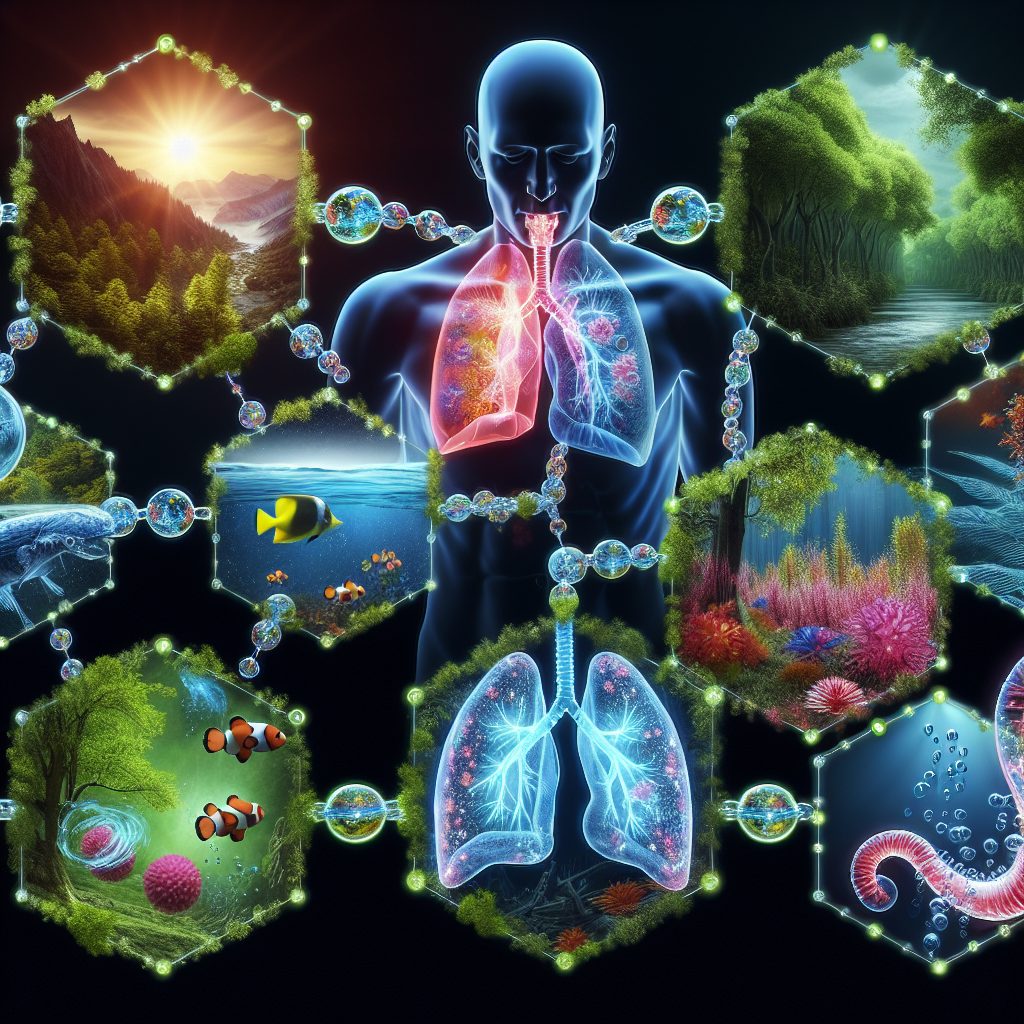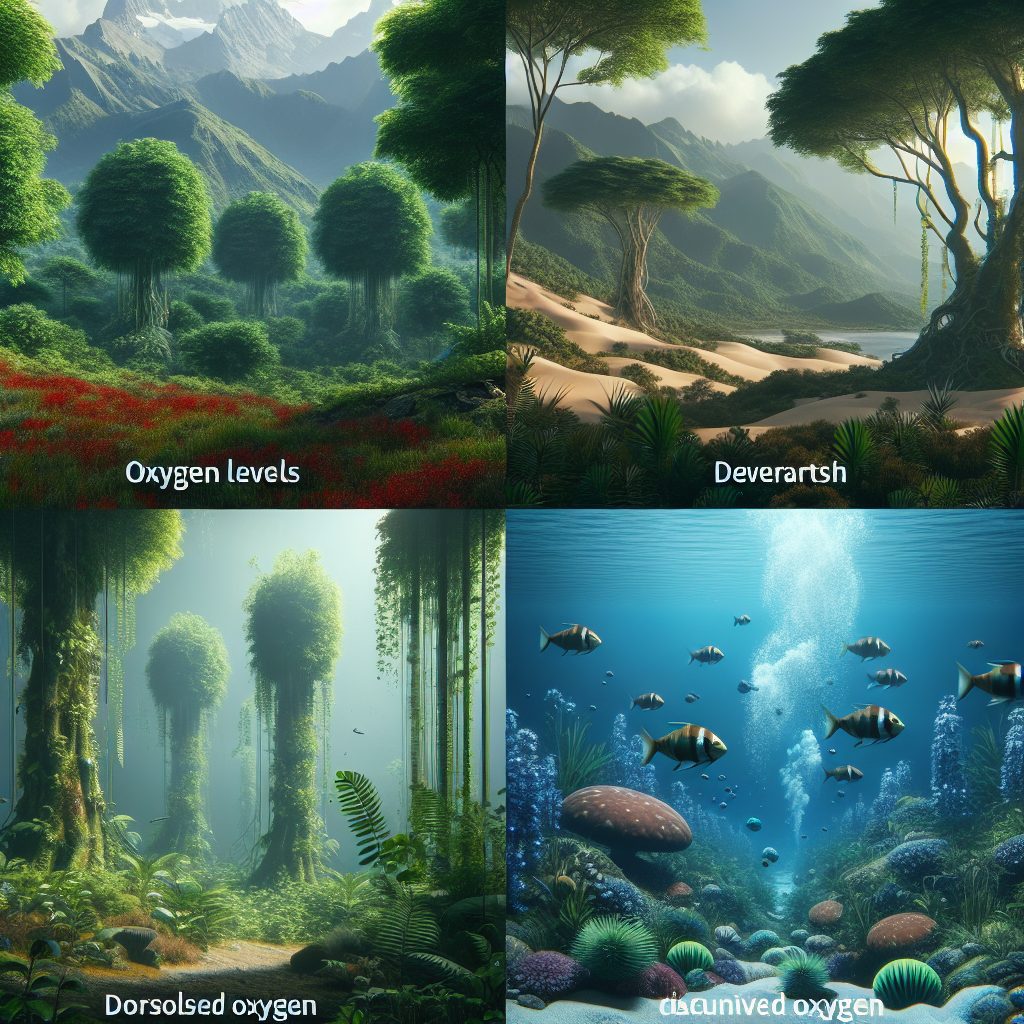Category: Atmospheric Science

Unlocking the Secrets of Atmospheric Pressure: Impact on Flight Physiology
Atmospheric pressure, more commonly known as air pressure, has been a key factor in the advancement of aviation science and flight physiology. The general rule of thumb is that air pressure decreases as an aircraft gains altitude. This decrease in air pressure affects both the pilot and aerodynamic performance of…

Unveiling the Impact of Atmospheric Pressure on Climate Change
Atmospheric pressure, also known as air pressure, is a measure of the force exerted onto a surface by the weight of the air in the atmosphere. It varies depending on the altitude, temperature, and weather conditions in a particular area. Atmospheric pressure is critical in determining the weather and climate…

Breathing Techniques: Unlocking the Power of Atmospheric Pressure
Atmospheric pressure is the measure of force per unit area that is exerted on objects by the weight of air in the atmosphere. It affects everything around us, including our breathing. Atmospheric pressure is greater at sea level than at higher elevations, which affects the amount of oxygen that can…

Unveiling the Link Between Atmospheric Pressure and Geological Activity
Atmosphere pressure is a measure of how much air surrounds us and impacts the conditions on Earth. It is measured in units of force per area and is one of the most important environmental parameters that influences the Earth’s climate. Atmospheric pressure affects the air circulation and precipitation in the…

Unlocking the Secrets of Atmospheric Pressure in Oceanography
Atmospheric pressure and oceanography are an important scientific field that studies and understands the interactions between the atmosphere and the ocean. A greater understanding of atmospheric pressure and oceanography provides a better comprehension of how these two major components of Earth’s environment work together in protecting and regulating the planet’s…

Unlocking the Secrets: How Atmospheric Pressure Affects Human Performance
Atmospheric pressure is the force per unit area exerted by the air surrounding the Earth. It is a fundamental component of the environment and essential for life on our planet. The pressure decreases with higher elevation, which can affect the performance of athletes and others conducting physical activity in those…

Unveiling the Surprising Link Between Atmospheric Pressure and Renewable Energy
Atmospheric pressure, or barometric pressure, is the pressure exerted by the air in the atmosphere of Earth. It is a fundamental measurement related to weather and climate. The average air pressure at sea level is 101.325 kPa (kilopascals). Our atmosphere can be divided horizontally into layers based on its characteristics,…

Unlocking the Power: Oxygen Levels and Your Health
Oxygen is an essential element in our environment and has important implications on our health. Without oxygen, life as we know would cease to exist. Oxygen levels in the air affect a variety of things, both positive and negative, such as plant life, energy production, and human health. The importance…

Conquer Mountains with Atmospheric Pressure: Insider Tips
Atmospheric Pressure is a well-known scientific phenomenon caused by the weight of the atmosphere pressing down on the surface of the Earth. As altitude increases, less air is above and therefore the pressure decreases. This affects mountain climbers due to the concept of barometric pressure, which relates to the atmospheric…

Discover the Surprising Link Between Oxygen Levels and Your Health
Oxygen is a vital component for the sustenance and well-being of human lives on Earth. Oxygen levels are constantly monitored by the human body to ensure it is neither too high nor too low. Changes to the amount of oxygen in the blood can have serious implications for a person’s…

Unveiling the Secrets of Atmospheric Pressure & Weather
Atmospheric pressure is defined as the pressure created by pushing force of a gas on a surface area and it is the weight of the atmosphere pressing down on Earth’s surface. The air pressure can be measured in a unit called the Hec topascal. Low and high air pressure areas…

Unlocking the Secrets of Atmospheric Pressure & Circulation
Atmospheric pressure and circulation are two key concepts in meteorology. Atmospheric pressure can simply be defined as the force exerted on a surface by the air above it. It is most often measured in hectors (hPa) or bars (mb), and indicates the amount of air molecules pressing down on a…

Unlocking the Secrets of Atmospheric Pressure in Space
Atmospheric pressure is the pressure in the air that is exerted by the weight of the atmosphere itself. It is typically measured and reported as a reference to the pressure at the sea level, meaning that atmospheric pressure is either higher or lower than this standard reference value. Atmospheric pressure…

The Surprising Impact of Low Oxygen Levels: Unveiling the Hidden Effects
Low oxygen levels can affect both living and non-living things in the surroundings. In humans, low levels of oxygen can lead to dizziness, confusion, shortness of breath, mental and physical fatigue, and even death. Plants, animals, and microbes in aquatic environment are also particularly vulnerable due to the fact that…

Discover the Surprising Oxygen Levels in Nature
Oxygen levels in natural environments is a key environmental issue we need to be mindful of. This compound is essential for plants and animals, and it is a key driver of the ecosystem balance. Reduced oxygen levels, or hypoxia, can damage aquatic ecosystems, reduce growth of crucial ocean life and…

Altitude Sickness: How Oxygen Levels Affect Your Health
Altitude sickness, also known as acute mountain sickness (AMS), is a sometimes dangerous health condition caused by reduced oxygen levels at high altitudes. Altitude sickness is caused by changes in atmospheric pressure resulting from ascent to higher altitudes, making it difficult to intake adequate oxygen. People usually experience altitude sickness…

Unlock Your Brain’s Potential: Oxygen Levels and Cognitive Function
The relationship between oxygen levels and cognitive function is an important one, with studies showing that oxygen levels can have a significant effect on a range of cognitive activities. Low oxygen levels in the body can cause symptoms such as headaches, confusion, and cognition impairments. These impairments can have a…

Revitalize Your Heart: The Impact of Oxygen Levels on Cardio Health
Oxygen is essential for bodily functions. Our cardiovascular system uses that oxygen to provide energy to different parts of our body. The amount of oxygen our body is able to take in is essential in maintaining our overall health. As a result, our oxygen levels have a direct influence on…

Discover the Surprising Link Between Oxygen Levels and Aging
As humans age, their bodies and brains start to deteriorate, and one of the most significant challenges that aging brings is a lower oxygen level in the body. There is a strong correlation between decreased oxygen levels and the aging process beginning from brain and immunity related issues to the…

Unlock Your Athletic Potential with Optimal Oxygen Levels
Oxygen levels and athletic performance are closely intertwined. With each breath, the athlete takes in oxygen, which is carried in the bloodstream throughout the body. The oxygen is then directed to the muscles to help sustain the increase in oxygen-demanding activity. During exercise of any kind, athletes need to take…
